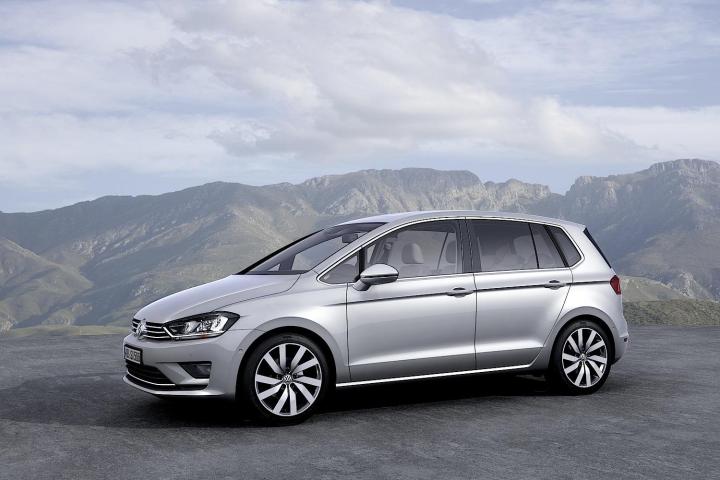
Volkswagen is going ahead with a new generation of direct injection VR6 powerplants. Ordinarily, we wouldn’t be writing about a new V6, even if it is from a company that seemingly makes one out of every three cars on the market. But the VR6 is different.
For starters, the appropriately Teutonic Fritz Eichler is leading the engine’s development. There is more to Herr Eichler, though, than an awesome name. This nutter used to be in charge of the AMG engine division. So he probably knows how to harvest Thor’s lightning and turn it into all of the torque in the world.
Furthermore, the VR6 is just an odd engine. A V6 typically has two cylinder heads and an angle of either 60 or 90 degrees between the cylinder banks. The VR6 has one cylinder head and an angle of only 15 degrees. The cylinders are still offset, however, so you can’t call it an inline six. Maybe we should be calling it a parallel six?
The advantage of this odd arrangement is that you can fit a comparatively large displacement engine into the tiniest of engine compartments. You would expect a design this weird and creative to be the product of Lancia or TVR, but no. Those sensible Damen und Herren at VW have been making the odd-duck VR6 since the 1980s.
The new version seems to have similar geometry but comes with higher compression, direct injection, and exclusively forced induction. That’s right; according to AutoWeek, every one of these bad boys is going to be turbocharged. This could put power output at 340 to 450 horsepower.
Power in the standard versions of this engine is expected to range from 340 to 450 horsepower, which seems like plenty for supposedly practical cars like the Passat and the Golf. If you want to capture the rage of every single one of Woden’s eight legged horsepowers, however; VW has the Design Vision GTI. This people’s rocket pulls 496 hp and 413 pound feet of torque from the new VR6. Klaus Bischoff – another cuddly sounding German – designed the Design Vision GTI so that it looks like it is about to transform into a big angry robot.
If this is the direction that sensible, practical Volkswagen is heading; who am I to complain? Really, they might hurt me. I just want to know what the heck Audi is going to do.


